In todays busy households, a well-organized pantry isn’t just a luxury—it’s practically essential for maintaining sanity in the kitchen.
Whether your dealing with a compact galley kitchen or a spacious culinary haven, thoughtful pantry storage solutions can transform your daily cooking experience from chaotic to calm.
According to a study by the Natural Resources Defense Council, the average American family wastes approximately 25% of the food they purchase, with “out of sight, out of mind” being a major contributor to this waste. A properly organized pantry cabinet system doesn’t just look good—it can actually save you money.
“The pantry has evolved from a simple storage closet to becoming the command center of the modern kitchen,” notes interior designer Sarah Richardson. “Today’s homeowners want solutions that blend seamless functionality with distinctive style.”
In this comprehensive guide, we’ll explore 20 innovative pantry cabinet ideas that go beyond basic storage to create spaces that are both highly functional and visually stunning. From clever corner solutions to dramatic floor-to-ceiling installations, there’s a perfect pantry solution for every kitchen and cooking style.
Understanding Your Pantry Needs
Before diving into specific pantry designs, it’s crucial to assess your unique storage requirements. The perfect pantry isn’t one-size-fits-all—it should be tailored to your household’s specific habits and preferences.
According to kitchen organization expert Marie Johnson, “The most successful pantry designs begin with a thorough inventory of what you actually store and how frequently you access different items.” Consider these factors:
- Cooking frequency: Daily home cooks need different accessibility than occasional weekend chefs
- Shopping habits: Bulk buyers require more substantial storage solutions
- Household size: Larger families typically need more categorized storage zones
- Specialty items: Collections of spices, baking supplies, or small appliances require customized storage solutions
Ask yourself these quick assessment questions to determine your ideal pantry configuration:
- Which items do you reach for daily versus occasionally?
- What current storage frustrations affect your cooking efficiency?
- How much of your food waste comes from forgotten items?
- Do you prefer visible storage or behind-closed-doors organization?
A kitchen renovation company, Homelane, reports that 78% of homeowners cite “improved organization” as their primary goal when redesigning pantry spaces, followed by “maximizing storage capacity” at 65%.
Space-Maximizing Solutions
1. Tall Pantry Cabinets: Vertical Storage Mastery
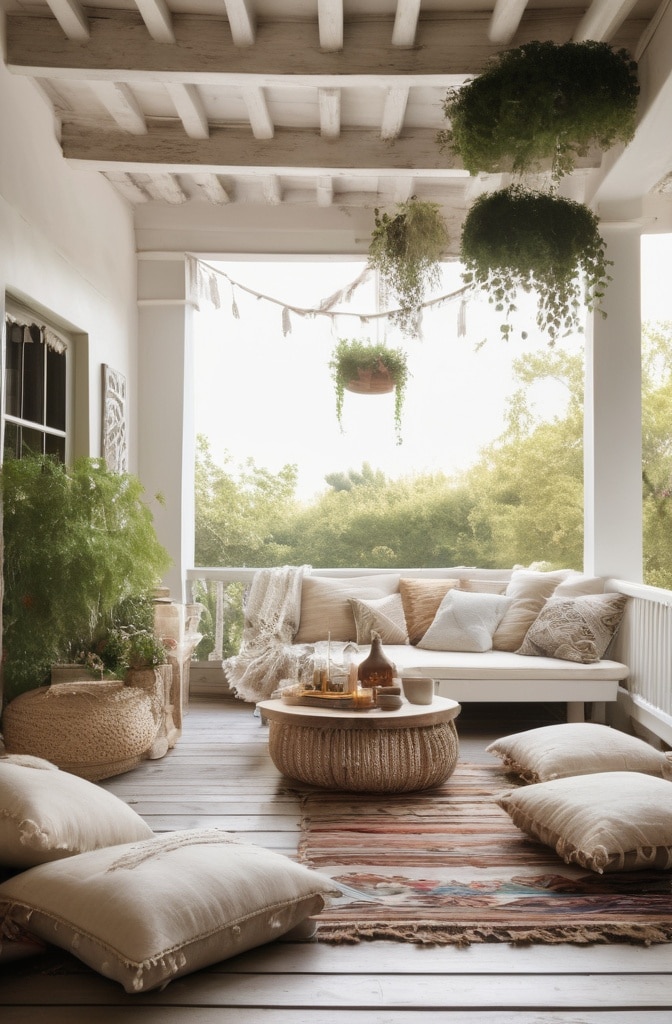
When floor space is limited, the smart strategy is to build upward. Tall pantry cabinets—often reaching 7 to 8 feet in height—make brilliant use of vertical real estate that might otherwise go unused.
Interior designer Rachel Thompson observes, “Vertical pantry cabinets can increase your storage capacity by up to 40% compared to standard-height cabinetry, without claiming additional square footage.”
For optimal functionality in tall cabinets:
- Install adjustable shelving that can adapt as your storage needs change
- Place heavier items at waist height or below for safe, ergonomic access
- Utilize upper shelves for lighter, less frequently used items or seasonal storage
- Consider pull-down shelf mechanisms for upper sections to improve accessibility
The National Kitchen and Bath Association recommends leaving at least 15 inches of clearance between shelves for comfortable access to most pantry items, with 18-24 inches for areas storing upright appliances.
One homeowner, Jennifer Martinez of Boston, transformed her tiny kitchen by replacing a standard 36″ cabinet with a 96″ tall pantry unit. “It literally doubled my storage without claiming any additional floor space. I should’ve done this years ago!”
2. Pull-Out Pantry Cabinets: Access Everything Effortlessly
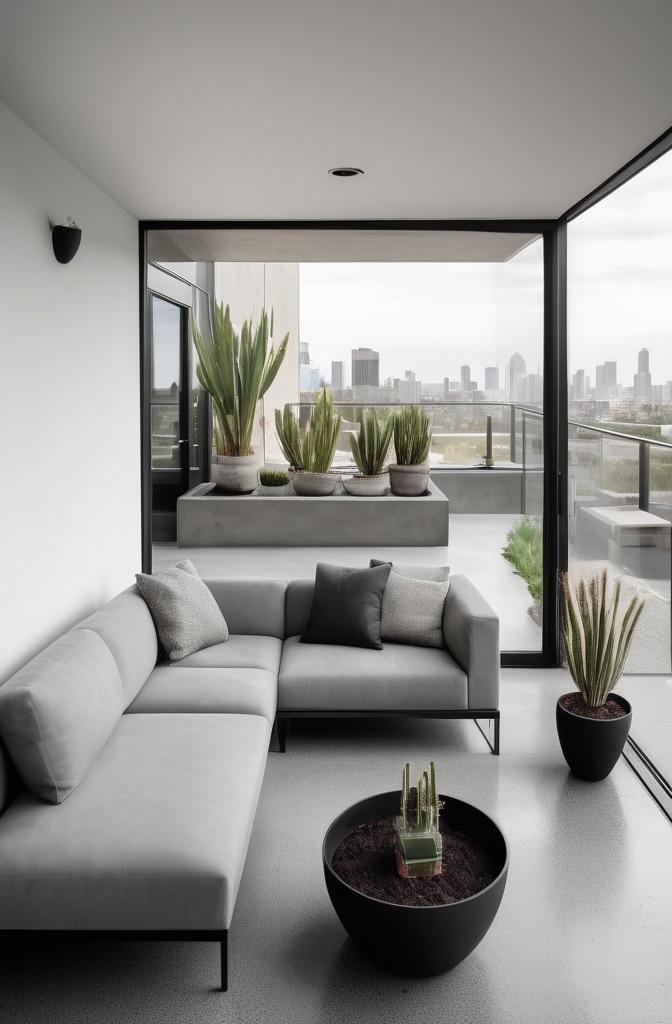
Perhaps the most frustrating pantry problem is the “black hole” effect—items getting pushed to the back and forgotten. Pull-out pantry cabinets eliminate this issue entirely by bringing the entire contents forward for complete visibility.
These ingenious units typically range from 9 to 30 inches in width and utilize smooth-gliding track systems rated for weights between 75 and 150 pounds, depending on quality. When selecting pull-out mechanisms, ball-bearing slides generally offer superior performance over roller systems, especially for heavier loads.
Kitchen designer Carlos Rodriguez recommends, “Position pull-out pantries in transition zones—spaces between major work areas where they won’t interrupt the flow when extended.” For optimal organization:
- Group similar items together on the same shelf
- Use clear containers with labels for bulk ingredients
- Place frequently used items at eye level
- Leave some breathing room—overstuffed pull-outs can jam the mechanism
A survey by Kitchen & Bath Design News found that pull-out pantry installations increased by 32% between 2020 and 2023, making them one of the fastest-growing storage trends in current kitchen design.
Read This Blog: https://hometranquil.com/black-accent-wall-ideas/
3. Sliding Door Pantry Cabinets: Solutions for Tight Spaces
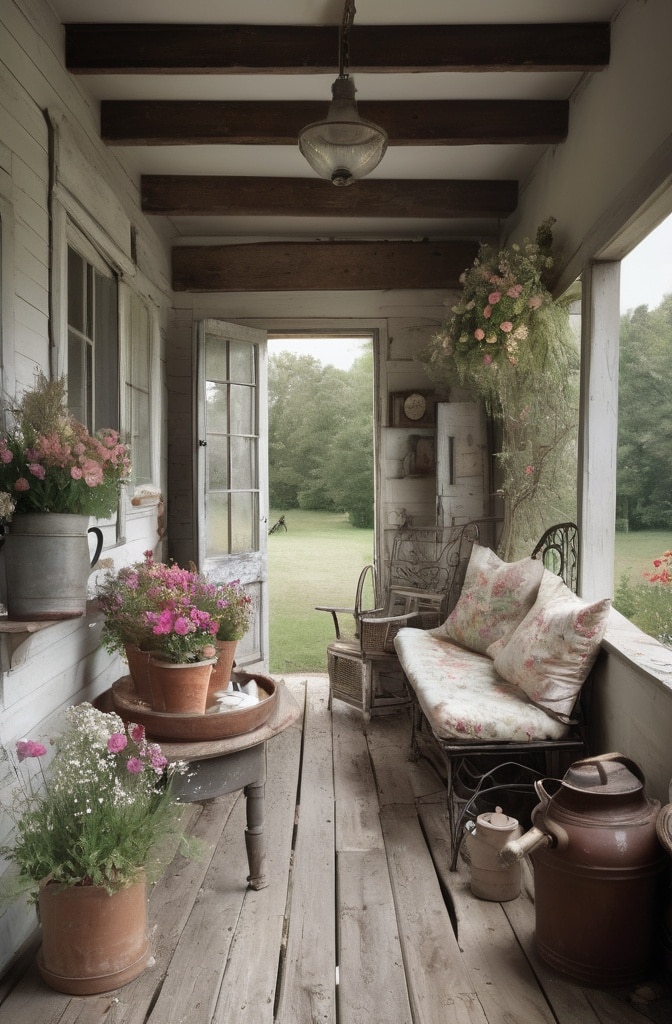
Traditional swing-door cabinets require clearance space that’s often at a premium in compact kitchens. Sliding door pantry cabinets eliminate this concern entirely while adding a touch of architectural interest.
Modern hardware systems have come a long way from the sticky, noisy tracks of the past. Today’s options include:
- Soft-close mechanisms that prevent slamming
- Bottom-supported designs that don’t require overhead tracks
- Barn door-inspired installations for decorative appeal
- Recessed finger pulls that maintain a streamlined look
Architectural designer Michelle Wong advises, “When choosing sliding door pantries, opt for doors that fully overlap when open so your entire pantry is accessible at once rather than just half at a time.”
Most sliding door systems can be retrofitted to existing cabinetry for around $120-$350 per door, making this an accessible upgrade even for those not undertaking a full kitchen renovation.
4. Recessed Pantry Cabinets: The Built-In Advantage
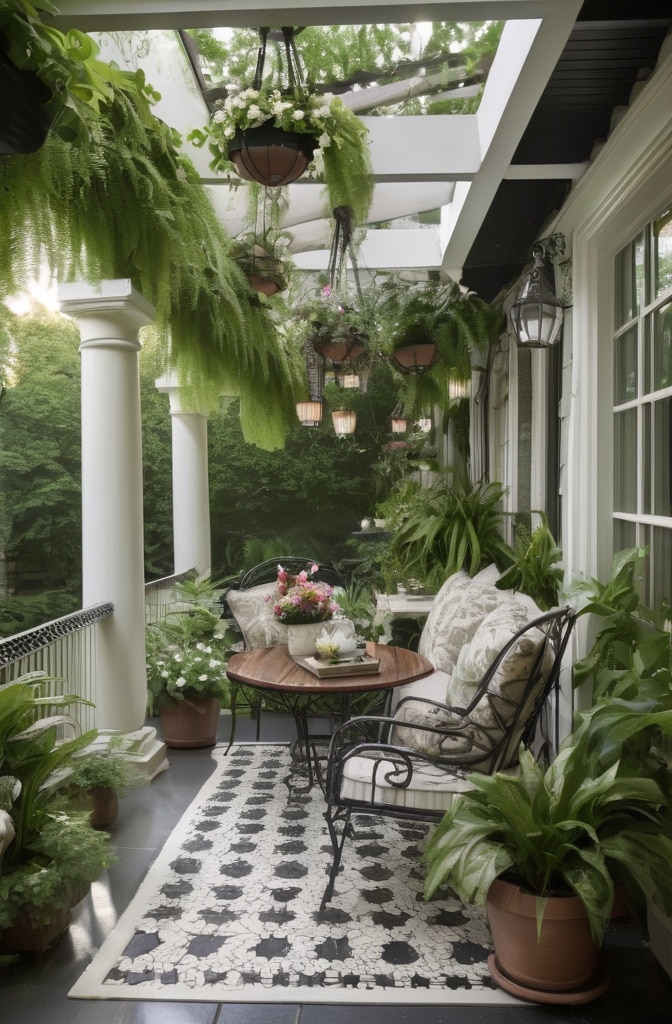
For the ultimate in space efficiency, recessed pantry cabinets utilize the cavity between wall studs or create a shallow alcove for storage that doesn’t project into the room. This approach requires more structural consideration but provides a sleek, built-in aesthetic that many homeowners covet.
According to a report by Remodeling Magazine, recessed pantry installations add an average of 79% return on investment at resale—higher than many other kitchen upgrades. The streamlined look appeals particularly to buyers in urban markets where space efficiency is paramount.
Considerations for recessed pantries include:
- Wall depth (typical stud walls offer 3.5-5.5 inches of depth)
- Presence of plumbing or electrical in the target wall
- Placement of load-bearing elements that cannot be disturbed
- Finishing details that blend seamlessly with surrounding walls
Home improvement expert Michael Torres notes, “The key to successful recessed pantries is precision planning. Even an inch of miscalculation can make the difference between a flush installation and one that protrudes awkwardly.”
5. Corner Pantry Cabinets: Maximizing Dead Space

Kitchen corners often become dead zones where storage potential goes untapped. Corner pantry cabinets transform these awkward spaces into functional storage powerhouses.
Modern corner solutions include:
- Diagonal corner pantries that maximize depth
- Curved units that maintain flow around corners
- Lazy Susan mechanisms that bring items from deep corners forward
- Custom pull-out shelving designed specifically for corner geometries
According to kitchen efficiency expert Lisa Montgomery, “A well-designed corner pantry can reclaim up to 9 cubic feet of storage space that would otherwise be wasted in many kitchen layouts.”
When planning corner pantry installations, careful measurement is essential. Standard corner cabinets require 36-42 inches of clearance along each adjoining wall, while diagonal installations typically need 24-30 inches. The National Kitchen and Bath Association recommends a minimum 16-inch door width for comfortable access to corner pantry contents.
Style-Forward Storage Options
6. Glass Door Pantry Cabinets: Showcase Your Organization

Glass door pantry cabinets serve dual purposes: they break up the visual weight of solid cabinetry while creating a display opportunity for beautifully organized contents. According to interior designer Emma Wilson, “Glass pantry doors add depth to the kitchen by creating visual layers—they’re particularly effective in smaller spaces that might otherwise feel closed in.”
For stunning glass door pantries:
- Choose between fully transparent, frosted, or seeded glass based on how much you want to display
- Consider interior lighting to highlight contents and add ambient illumination
- Maintain consistent container styles for a cohesive look
- Group items by color for visual impact
- Limit displayed items to those with attractive packaging or those decanted into uniform containers
A survey by Houzz found that 42% of homeowners who install glass pantry doors subsequently report spending more time maintaining organization—a side benefit that improves overall kitchen functionality.
7. Farmhouse-Style Pantry Cabinets: Rustic Charm

The enduring popularity of farmhouse style has elevated rustic pantry designs from purely functional to statement-making. These cabinets typically feature distinctive elements like:
- Beadboard or shiplap panel details
- Visible hinges and latching hardware
- Distressed finishes or natural wood tones
- X-brace or crossbuck door detailing
- Integrated mesh or perforated metal panels for ventilation
Reclaimed materials can add authentic character while supporting sustainability. Salvage specialist Jordan Miller recommends, “Look for old-growth pine or oak from demolition sites—these woods have density and character that’s hard to find in new materials, plus they bring genuine history to your space.”
DIY enthusiasts can achieve farmhouse pantry looks through relatively simple door replacements or by adding applied molding to existing flat-panel doors, with material costs typically ranging from $80-$250 per door depending on size and wood species.
8. Industrial-Style Metal Rack Pantries: Urban Sophistication

Open metal shelving brings workshop functionality and urban loft aesthetics to kitchen pantry design. Beyond style, these systems offer practical advantages:
- Superior weight capacity (typically 300-500 pounds per shelf compared to 100-200 for wooden shelves)
- Adjustability without tools in most systems
- Air circulation that can benefit stored produce
- Visibility of all items without opening doors
Restaurant supply companies offer commercial-grade shelving systems that can be adapted for residential use at surprisingly affordable prices—often 30-40% less than custom cabinetry with similar capacity.
Designer Alison Parker cautions, “The open nature of metal rack pantries requires a commitment to organization and consistent container use. They’re not for hiding mismatched packaging or visual clutter.”
For maximum impact, consider powder-coated finishes in unexpected colors that complement your kitchen palette, or classic stainless steel for a timeless industrial look.
9. Frosted Glass Cabinet Doors: Modern Privacy

Frosted glass pantry doors offer an elegant compromise between the lightness of glass and the concealment of solid doors. The diffused transparency adds visual interest while obscuring contents that might not be display-worthy.
Contemporary designer Alex Morgan notes, “Frosted glass pantry doors eliminate the pressure to maintain picture-perfect organization while still introducing light reflection and visual texture to the kitchen design.”
Options for achieving the frosted look include:
- Acid-etched glass (most durable but highest cost)
- Sandblasted glass (excellent diffusion but can be difficult to clean)
- Applied frosting film (budget-friendly and reversible)
- Reeded or fluted glass (provides texture and partial obscurity)
Cost comparison shows acid-etched custom doors averaging $250-400 each, while DIY film application to existing glass doors can be accomplished for under $30 per door.
10. Chalkboard Pantry Doors: Functional Expression

Chalkboard surfaces transform pantry doors from simple barriers to interactive planning tools. Beyond the obvious shopping list function, creative households use these surfaces for:
- Meal planning calendars
- Recipe notes and conversions
- Children’s artwork displays
- Household messages and reminders
- Seasonal decorative elements
For those concerned about chalk dust, modern liquid chalk markers provide vibrant color without the mess, though they require compatible surfaces for easy cleaning.
Professional organizer Dana White observes, “Chalkboard pantry doors create a natural spot for inventory management. My clients who implement running shopping lists directly on pantry doors report approximately 30% fewer duplicate purchases.”
Installation options range from purpose-built chalkboard-fronted cabinets to DIY applications of chalkboard paint ($15-25 per quart, covering approximately 4 standard doors) or adhesive chalkboard panels ($20-40 per door).
Organization Optimization
11. Open-Shelf Pantry Systems: Accessible Efficiency
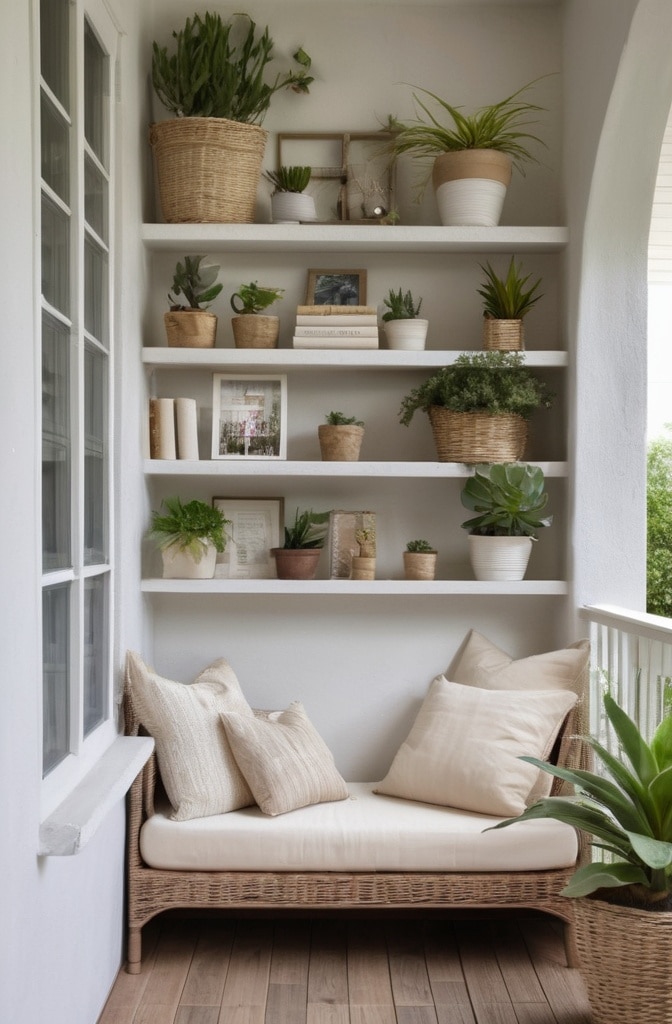
Open shelving brings everything into view, eliminating the “out of sight, out of mind” problem that contributes to food waste. However, successful open pantry shelving requires thoughtful organization to prevent visual chaos.
Organizational psychology research suggests that visible storage actually increases usage frequency of healthy ingredients by approximately 25% compared to closed storage, potentially supporting better nutrition habits.
For polished open shelving:
- Decant bulk ingredients into uniform, labeled containers
- Group items by category and frequency of use
- Incorporate baskets for corralling smaller items
- Maintain a color scheme for visual coherence
- Rotate stock regularly to prevent dusty, unused items from becoming focal points
Professional organizer Jessica Reid recommends, “The ‘one in, one out’ rule is especially important with open shelving. Before adding new items, consider what can be removed to maintain the clean, uncluttered look.”
12. Roll-Out Shelves for Deep Cabinets: No Item Left Behind
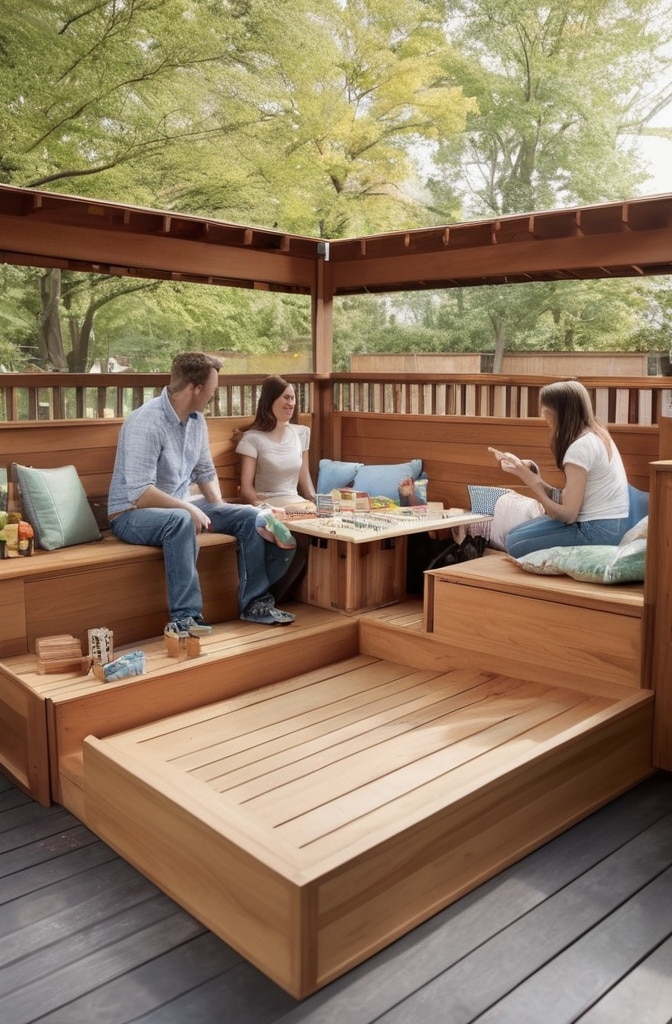
Standard cabinets typically measure 24 inches deep—creating significant unusable space in the back reaches. Roll-out shelves solve this problem by bringing the entire contents forward on demand.
When selecting roll-out mechanisms, quality matters significantly. Budget slides ($15-30 per pair) typically support 75 pounds and may have limited durability, while premium systems ($45-90 per pair) often carry lifetime warranties and support 100-150 pounds with smoother action.
Kitchen efficiency expert Robert Kim advises, “Install roll-outs at varying heights based on content. Allow 8-10 inches for canned goods, 12-14 inches for cereal boxes and pasta, and 16-20 inches for appliances or larger containers.”
For existing cabinets, retrofit roll-out kits typically cost $80-160 per shelf including hardware, while custom cabinet builds with integrated roll-outs may add 15-25% to overall cabinet costs but provide superior integration and matching finish details.
13. Drawer-Based Pantry Organization: Categorized Control

Deep drawers offer superior accessibility compared to shelves for many pantry items, particularly smaller packages that might get lost on traditional shelving. Modern drawer systems can support 100+ pounds while extending fully for complete visibility of contents.
Organization consultant Emily Zhang recommends specific drawer depths for different categories:
- 3-5 inches for spice jars, packets, and small items
- 7-9 inches for boxed goods, canned items, and medium containers
- 10-12 inches for taller bottles, bulk containers, and appliances
“The key advantage of drawer-based pantries is categorization,” notes Zhang. “With proper dividers, even small items stay perfectly organized rather than migrating into jumbled messes.”
A survey of 1,200 homeowners by Kitchen & Bath Business magazine found that households with drawer-based pantry systems reported spending 30% less time searching for ingredients compared to those with traditional shelf storage.
14. Appliance Integration: The Hidden Kitchen
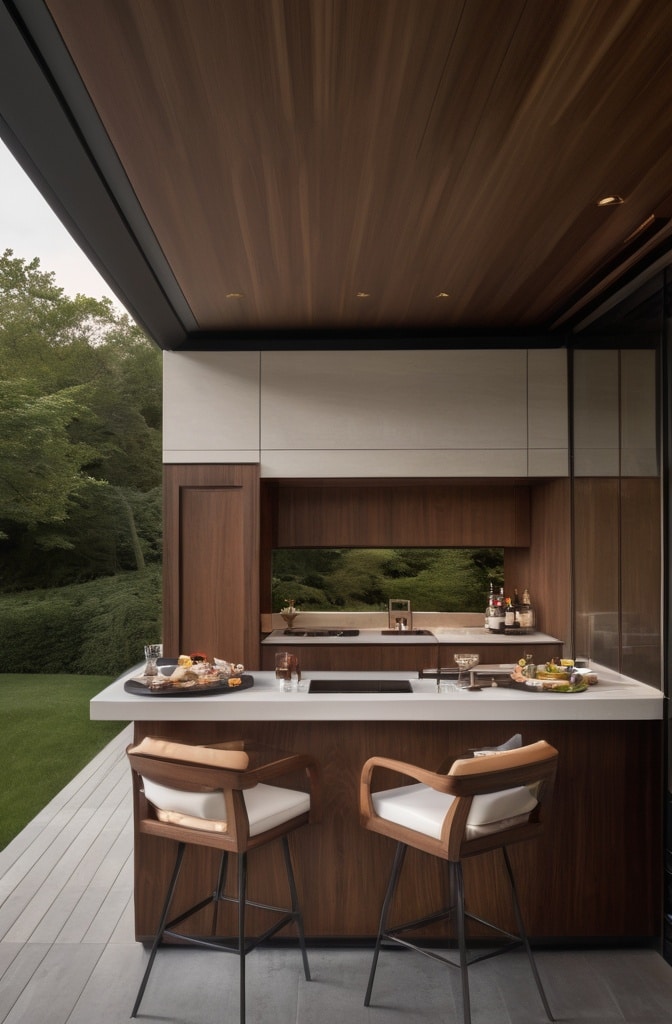
Modern pantry design increasingly includes dedicated zones for small appliances—keeping countertops clear while maintaining functionality. A properly designed appliance pantry considers:
- Electrical requirements (dedicated circuits for high-draw appliances like microwaves)
- Ventilation needs for heat-generating equipment
- Pull-out or swing-up shelves that create temporary work surfaces
- Appropriate clearances for operation without full removal
According to kitchen designer Thomas Lee, “The appliance pantry represents the evolution toward kitchen designs that prioritize clean, uncluttered visual experiences without sacrificing functionality.”
For major appliances like secondary refrigerators or freezers, ventilation gaps of at least 1 inch on all sides are essential, while heat-generating appliances like toaster ovens require 2-4 inches of clearance above and behind.
15. Double Door Pantry Cabinets: Grand Storage Solutions
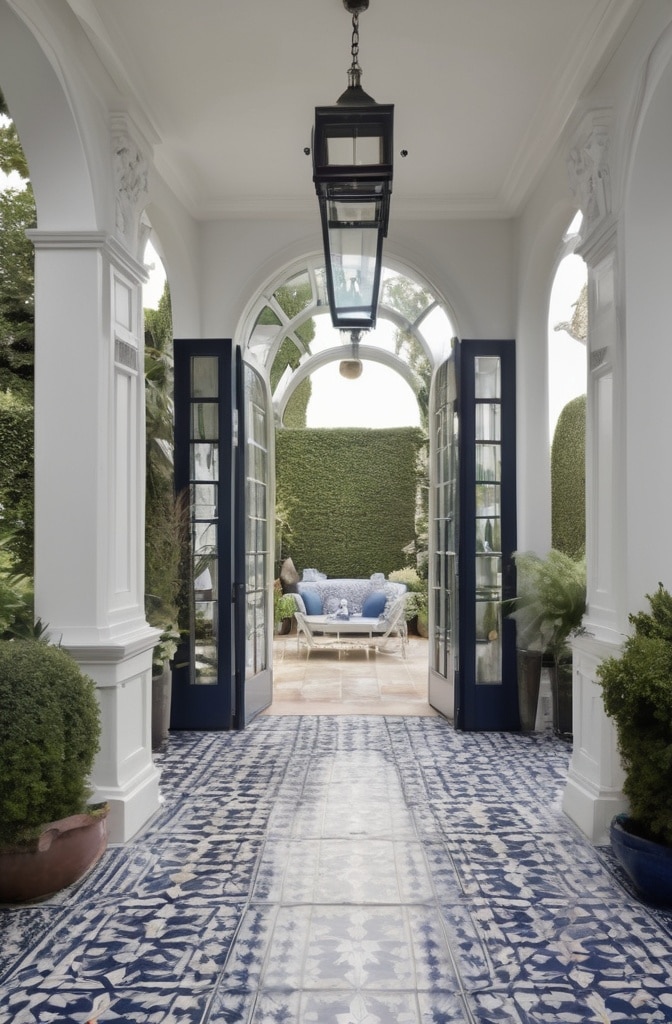
When space permits, double door pantry cabinets create a dramatic storage feature with exceptional capacity. These substantial units—typically 30-48 inches wide—benefit from internal organization systems to prevent items from getting lost in the expansive interior.
Interior divisions might include:
- Vertical dividers creating zones for baking sheets and platters
- Door-mounted spice racks or small-item storage
- Pull-out bins for produce or bulk items
- Adjustable shelving sections at different depths
Designer Patricia Lopez suggests, “Think of double door pantries as mini rooms that require their own interior design plan. Different family members might ‘own’ different zones based on their cooking preferences and height.”
Installation costs for large built-in pantry cabinets typically range from $1,500-4,000 depending on size, material, and interior fittings—a significant investment that Home Advisor reports returns 72-83% of value at resale.
Innovative Pantry Enhancements
16. Under-Cabinet Lighting: Illuminated Organization

Strategic lighting transforms pantry functionality, particularly in deep cabinets or areas with limited natural light. Modern options include:
- LED strip lighting (energy efficient with minimal heat generation)
- Puck lights for focused illumination of specific areas
- Motion-activated systems that activate when doors open
- Color-temperature adjustable systems that highlight food colors accurately
Energy efficiency varies dramatically between lighting types. Traditional halogen systems consume 40-45 watts per linear foot and generate significant heat, while comparable LED systems use just 4-7 watts with minimal temperature increase.
Lighting design expert Jennifer Kim notes, “Pantry lighting should be placed to eliminate shadows rather than create them. Front-only lighting can actually make items at the back harder to see.”
Installation complexity ranges from simple plug-in systems suitable for DIY installation ($30-80 for a basic setup) to hardwired solutions that integrate with home automation systems ($200-600 plus electrician costs).
17. Full Pantry Walls: The Ultimate Storage Command Center
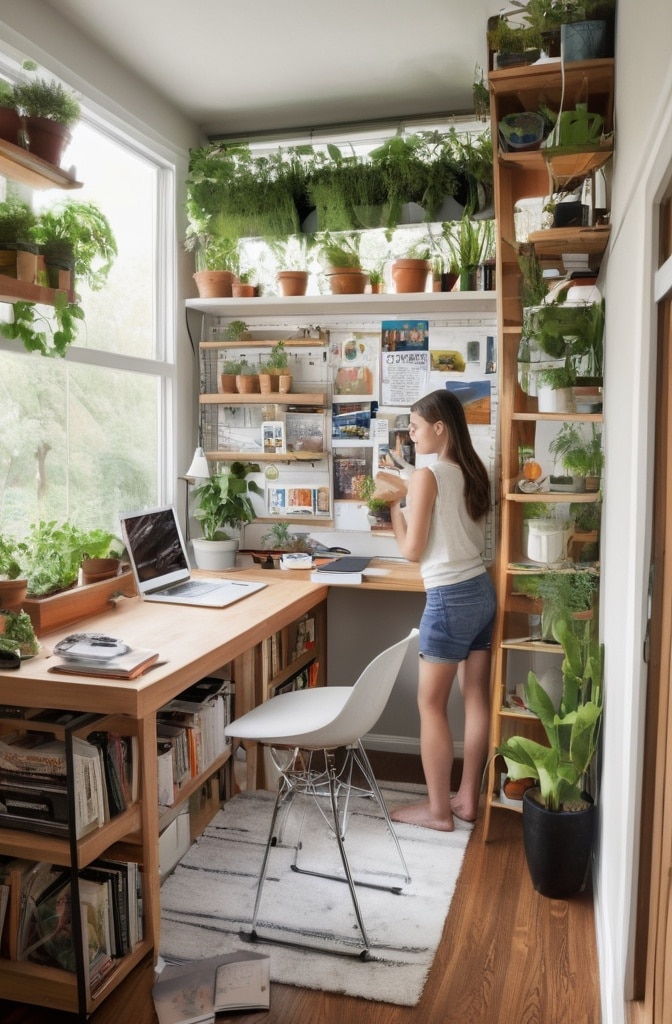
For serious home cooks, a complete wall dedicated to pantry storage creates a comprehensive solution with exceptional capacity and organization potential. These installations typically combine multiple storage types:
- Base cabinets with deep drawers for heavy items
- Mid-level cabinets with adjustable shelving for everyday access
- Upper cabinets for less frequently used or seasonal items
- Specialized storage zones for unique needs
According to Remodeling Magazine’s Cost vs. Value report, kitchen investments that include substantial storage improvements deliver approximately 72% return on investment at resale—among the highest ROI for non-essential renovations.
For maximum functionality, kitchen designer Marcus Stevens recommends, “Incorporate a small counter space within pantry walls where you can temporarily place items during retrieval or return—this prevents the frustration of juggling multiple items while searching for others.”
18. Freestanding Pantry Cabinets: Flexible Storage

Not every kitchen renovation requires built-in solutions. Freestanding pantry cabinets offer significant advantages:
- Mobility for changing kitchen layouts
- No installation costs or structural modifications
- Ability to take the storage with you when moving
- Often lower investment than built-in alternatives
Quality varies substantially in this category. Budget options ($150-300) typically use particleboard construction with limited weight capacity and durability, while premium freestanding pantries ($800-2,000) feature solid wood construction and hardware comparable to custom cabinetry.
Interior designer Rebecca Martinez advises, “Look for adjustable leveling feet on freestanding pantries—uneven floors can cause doors to misalign over time if the cabinet can’t be properly leveled.”
For rental properties or temporary living situations, these versatile units provide substantial storage improvements without permanent modifications, making them increasingly popular among young homeowners and frequent movers.
19. Slim Pantry Solutions: Making Inches Count
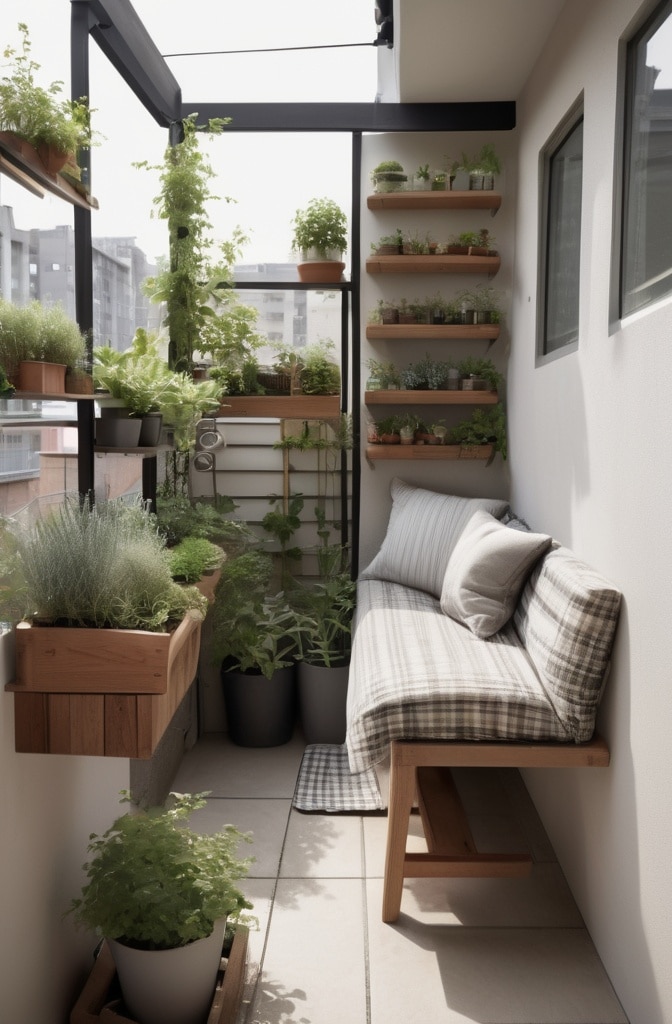
Narrow spaces often go unutilized in kitchen design, but slim pantry cabinets—sometimes just 6-12 inches wide—can transform these awkward gaps into valuable storage. Common locations include:
- Spaces beside refrigerators or ranges
- Areas between windows or doors
- Narrow walls that won’t accommodate standard cabinetry
- Ends of cabinet runs where full-width units won’t fit
Specialized organization for these narrow spaces makes them surprisingly capacious. Vertical dividers create storage for baking sheets and cutting boards, while tiered shelving maximizes visibility of spice collections or canned goods.
Space-planning specialist David Richards notes, “Just 9 inches of width, properly organized, can store a familys entire spice collection plus oils and vinegars—items that would otherwise consume substantial drawer or shelf space elsewhere.”
Pull-out mechanisms are particularly valuable in narrow installations, allowing the entire contents to slide forward for access rather than requiring reaching into tight spaces.
20. Floor-to-Ceiling Integration: Seamless Storage
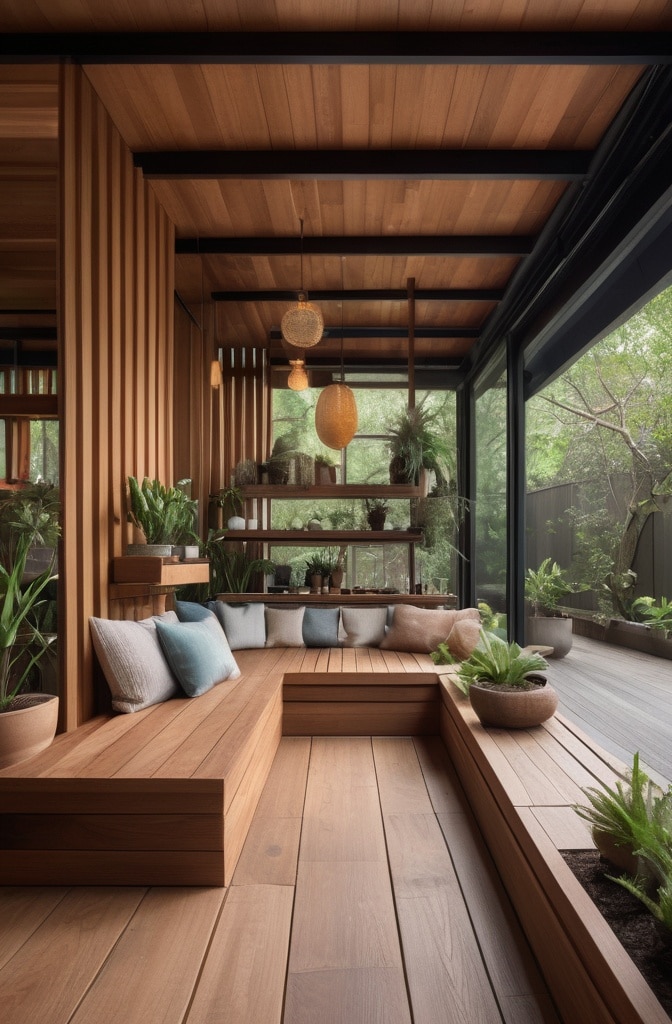
For dramatic visual impact and maximum storage capacity, floor-to-ceiling pantry installations create a built-in furniture look that many designers and homeowners prefer. These substantial installations:
- Eliminate dust-collecting gaps above cabinets
- Create visual height, making ceilings appear higher
- Provide exceptional storage volume
- Offer opportunities for integrated design elements
Accessibility becomes a key consideration with tall units. Solutions include:
- Pull-down shelving systems for upper cabinets ($90-250 per unit)
- Library-style sliding ladders for regular access to high storage ($700-1,500)
- Strategic placement of daily-use items within natural reach zones
- Reserving upper areas for seasonal or archival storage
Real estate appraiser Martin Chen observes, “Floor-to-ceiling pantry installations are among the few kitchen upgrades that almost universally impress potential buyers, regardless of their cooking habits. The perceived value of abundant, organized storage transcends personal preferences about finishes or appliances.”
Implementation Guide
The journey from pantry inspiration to implementation requires careful planning:
Budget Considerations
Pantry renovations vary dramatically in cost based on approach:
ApproachTypical Cost RangeBest ForDIY Organization$100-500Renters, tight budgetsCabinet Retrofits$500-2,500Functional updates to sound existing cabinetrySemi-Custom Replacements$2,500-8,000Significant redesign with budget constraintsFull Custom Design$8,000-20,000+Complete transformation with specialized features
According to home renovation platform Houzz, the average dedicated pantry renovation in 2023 cost approximately $3,800, with substantial regional variations.
DIY vs. Professional Installation
Consider your skill level honestly when deciding between DIY and professional installation:
DIY-Friendly Projects:
- Installing basic organizers in existing cabinets
- Adding pull-out shelves to standard cabinets
- Painting or applying films to cabinet exteriors
- Basic lighting upgrades with plug-in systems
Professional Recommended:
- Structural changes to walls or cabinets
- Hardwired electrical modifications
- Custom cabinetry installation
- Projects requiring permits or affecting plumbing
Kitchen designer Angela Roberts advises, “For projects involving structure or systems, the cost of professional installation often pays for itself by avoiding expensive mistakes and ensuring proper function over time.”
Phased Implementation
For budget-conscious homeowners, pantry transformations can be effectively implemented in phases:
- Organization First: Begin with organizational systems within existing cabinets
- Hardware Upgrades: Add pull-out shelves, drawer dividers, and lighting
- Door Replacements: Update the look without replacing entire cabinets
- Strategic Cabinet Replacement: Target high-impact areas before full renovation
This measured approach allows immediate functionality improvements while spreading costs over time.
Maintenance Routines
Even the best-designed pantry requires maintenance to remain functional. Professional organizer Stephanie Brown recommends:
- Quarterly complete inventory review and reorganization
- Weekly “front and face” alignment of items for visibility
- Immediately addressing spills or damage to prevent spreading
- Annual hardware check and lubrication as needed
“The most beautiful pantry systems fail without maintenance habits,” notes Brown. “Just 5-10 minutes weekly prevents the slide back into chaos that discourages many homeowners.”
Conclusion
The perfect pantry cabinet solution blends practical storage with aesthetic appeal—creating a kitchen space that functions beautifully for your unique needs. By assessing your specific storage requirements and selecting the appropriate combination of features from these 20 inspiring ideas, you can transform your kitchen organization from frustrating to flawless.
Remember that pantry design isn’t an all-or-nothing proposition. Many homeowners find that combining elements—perhaps open shelving for frequently used items alongside concealed storage for bulk goods—creates the ideal balance for their household.
As kitchen designer Julia Chen notes, “The measure of successful pantry design isn’t how it looks on installation day, but how it functions six months later. When organization becomes effortless, you know you’ve created something truly valuable.”
What pantry challenges are you facing in your kitchen? Which of these solutions might transform your cooking experience? The perfect pantry cabinet awaits—one that makes every ingredient accessible, every cooking session more efficient, and brings a touch of personalized style to the heart of your home.
